Educational Slides
Here you can find informative and educational slide decks about key psychedelic medicines for academics, students, clinicians, therapists, hospitals, Universities and the general public. The psilocybin and MDMA decks were created in collaboration with DrugScience UK. The ketamine and DMT slides were created by DrugScience UK and Small Pharma. Learn about the psychedelic medicines below:
History & Current Law
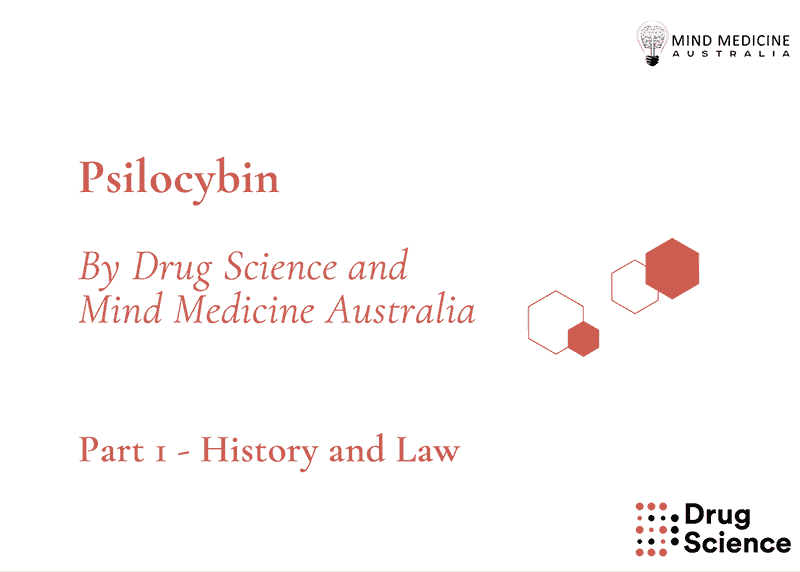
Despite the promising research emanating from prestigious universities such as Imperial College London and Johns Hopkins University (Maryland), psilocybin is still a Schedule 1 substance. This means that research into this psychotropic is expensive, laborious and time-consuming. The current legal regime has curtailed our scientific understanding of this substance for 30 years, however, the law relating to psilocybin is not fit for purpose due to the exceptional safety profile of this drug and it’s potential for therapeutic application.
Pharmacology
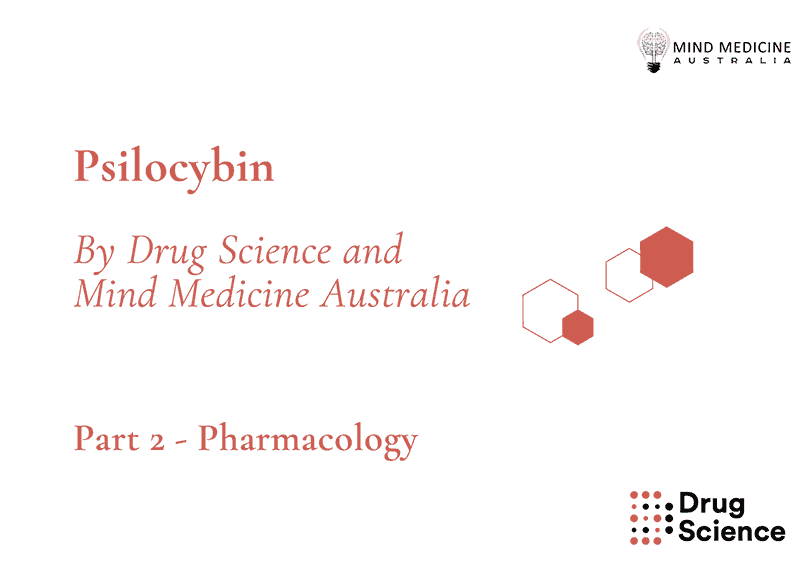
Module 2 takes a deep dive into the neurology and pharmacology that underpins medicinal psilocybin. This slide set explains how psilocybin operates in the human body, its interactions with the brain, the biosynthesis process and metabolism. Understanding the psychoactive properties and physiological effects of psilocybin is vitally important for medical students regardless of this drug’s legal status. Psilocybin has therapeutic applications but it also has associated risks and adverse events, being aware of all of these relevant factors will help inform the next generation of psychotherapists and researchers.
History & Current Law
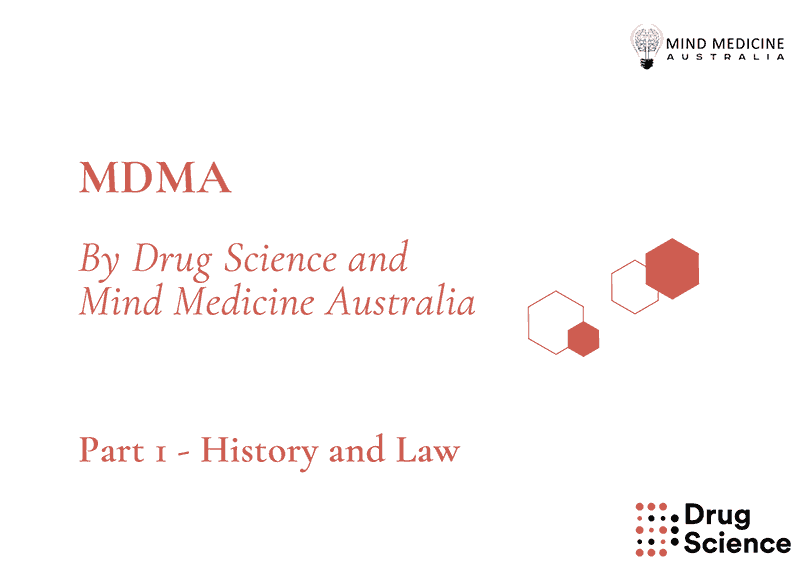
Module 1 focuses on the historical use of MDMA, internationally and in the UK. This includes a chronological look at the prohibition of MDMA, it’s use recreationally and why it was banned in the first place. Module 1 will also examine the current legal status of MDMA internationally, the potential harms of this drug and the ways to mitigate those harms. MDMA studies are underwritten by the Food and Drug Administration (FDA) classification of Breakthrough Therapy status, potentially resulting in FDA and European Medicines Agency (EMA) approval of MDMA-assisted therapy for clinical implementation in the USA and the EU. Our goal in this module is to educate medical students on this substance to prepare them for the integration of this substance into western medicine.
Pharmacology
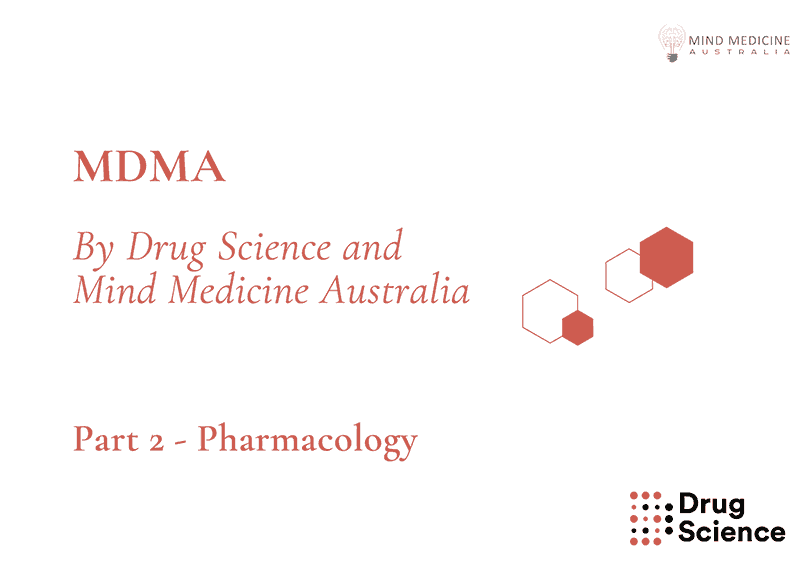
Module 2 takes a deep dive into the neurology and pharmacology that underpins MDMA. This slide set explains how MDMA operates in the human body, its interactions with the brain, the biosynthesis process and metabolism. Understanding the psychoactive properties and physiological effects of MDMA is vitally important for medical students regardless of this drug’s legal status. MDMA has therapeutic applications but it also has associated risks and adverse events, being aware of all of these relevant factors will help inform the next generation of psychotherapists and researchers.
History & Current Law
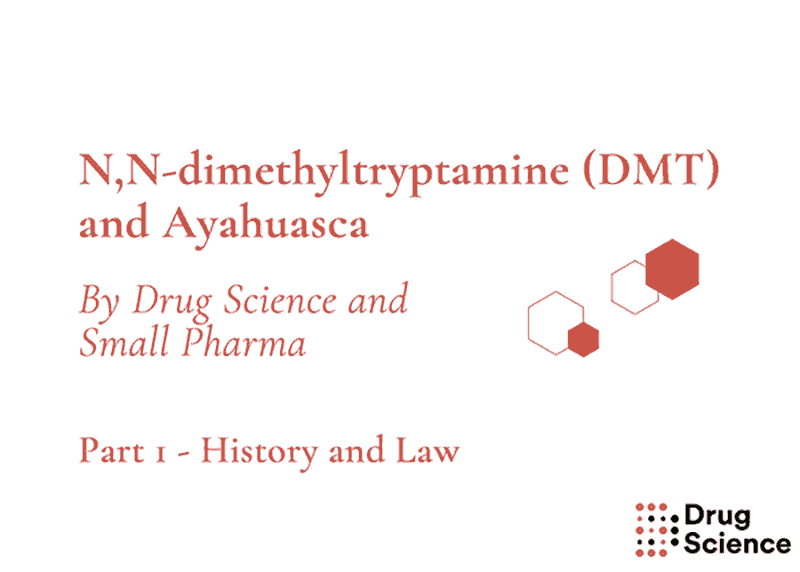
The psychedelic compound dimethyltryptamine (DMT), sometimes referred to as ‘the spirit molecule’, is prevalent in plants and animals, including humans, and has been used as a sacred entheogen for thousands of years by many indigenous communities. Now, recent research has shown the molecule could have benefits for conditions such as depression, anxiety, and PTSD, and could potentially offer a fast-acting treatment for resistant depression.
Pharmacology

Module 2 takes a deep dive into the neurology and pharmacology that underpins DMT.
History & Current Law

This material explains how ketamine was discovered and developed into a drug that remains widely used around the globe, to this day, and has been listed as an essential medicine by the WHO since 1985.
Pharmacology
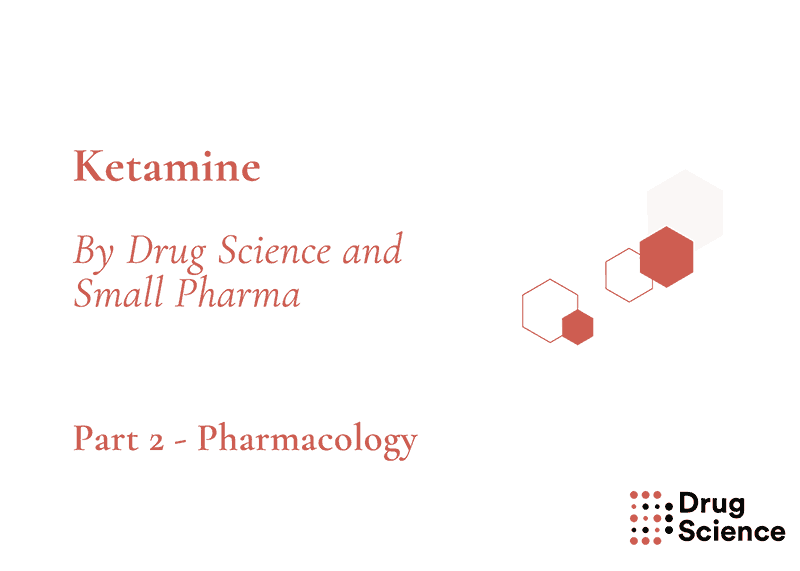
This material explains the neuropharmacology of ketamine, beginning with the fundamental chemical properties of this dissociative drug and an introduction to the receptors that ketamine interacts with, including NMDA, catecholamine, and various opioid receptors.
